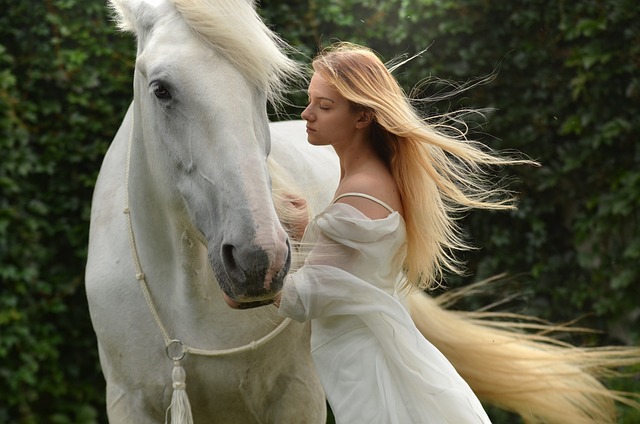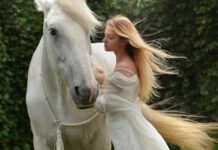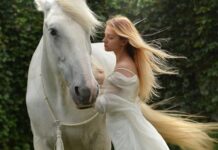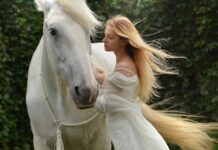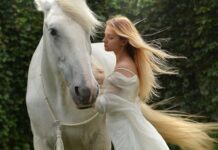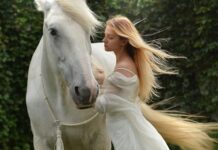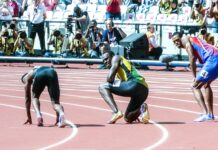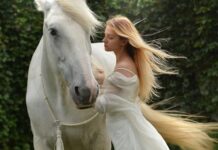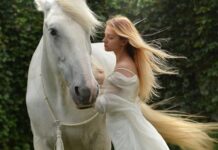Spis Treści
Who Rides Horses is Called?
When it comes to the question of who rides horses, the answer is quite simple. The individuals who ride horses are commonly referred to as equestrians. Equestrians engage in various activities involving horses, such as horseback riding, horse racing, and horse shows. In this article, we will delve into the world of equestrians, exploring their different roles, disciplines, and the skills required to become a proficient horse rider.
Roles of Equestrians
Equestrians play diverse roles within the horse riding community. Let’s take a closer look at some of the key roles:
- Amateur Riders: Amateur riders are individuals who engage in horse riding as a hobby or for recreational purposes. They may participate in local competitions or simply enjoy riding for leisure.
- Professional Riders: Professional riders are individuals who have honed their skills and compete at a higher level. They may participate in national or international competitions, earning a living through their equestrian pursuits.
- Trainers and Coaches: Trainers and coaches are experienced equestrians who guide and instruct riders at various skill levels. They provide valuable guidance on horse handling, riding techniques, and overall horsemanship.
- Grooms: Grooms are responsible for the daily care and maintenance of horses. They ensure the horses are well-fed, groomed, and their stables are clean. Grooms play a crucial role in maintaining the overall health and well-being of the horses.
- Breeders: Breeders are individuals who specialize in breeding horses. They carefully select and pair horses to produce offspring with desirable traits, such as athleticism, temperament, and conformation.
Equestrian Disciplines
The world of equestrianism encompasses a wide range of disciplines, each with its own unique set of skills and requirements. Let’s explore some of the most popular equestrian disciplines:
Dressage
Dressage is often referred to as “horse ballet” due to its emphasis on precision, elegance, and harmony between horse and rider. In dressage competitions, horse and rider perform a series of predetermined movements, showcasing the horse’s suppleness, obedience, and athleticism.
Show Jumping
Show jumping is an exhilarating discipline that tests the horse’s ability to clear a series of obstacles within a set time frame. Riders must navigate their horses over fences of varying heights and widths, aiming to complete the course with the fewest faults.
Eventing
Eventing combines three phases: dressage, cross-country, and show jumping. It is a comprehensive test of horse and rider, evaluating their skills in different areas. Eventing requires versatility, as riders must excel in multiple disciplines.
Western Riding
Western riding is deeply rooted in the traditions of the American West. It includes disciplines such as reining, barrel racing, and cutting. Western riders often use specific equipment, such as Western saddles and bridles, and focus on precise maneuvers and speed.
Endurance Riding
Endurance riding tests the stamina and fitness of both horse and rider. Competitors cover long distances, often spanning 50 to 100 miles, within a specified time frame. The welfare and soundness of the horse are paramount in this discipline.
Para-Equestrian
Para-equestrian is a discipline specifically designed for riders with physical disabilities. It provides individuals with the opportunity to compete in various equestrian sports, showcasing their skills and determination.
Skills Required for Horse Riding
Becoming a proficient horse rider requires a combination of physical, mental, and emotional skills. Here are some essential skills that equestrians develop:
- Balance and Coordination: Maintaining balance and coordination while riding is crucial for effective communication with the horse. Riders must develop a strong core and body awareness.
- Communication: Equestrians must learn to communicate with their horses using subtle cues and body language. They develop a deep understanding of the horse’s responses and adjust their aids accordingly.
- Confidence: Confidence is key when working with horses. Equestrians must overcome fear and trust their abilities to handle and ride horses safely.
- Patience and Perseverance: Building a partnership with a horse takes time and patience. Equestrians learn to persevere through challenges and setbacks, continuously improving their skills.
- Physical Fitness: Horse riding requires physical strength, endurance, and flexibility. Equestrians engage in regular exercise and conditioning to maintain their fitness levels.
- Empathy and Sensitivity: Understanding the horse’s needs, emotions, and well-being is crucial for building a harmonious partnership. Equestrians develop empathy and sensitivity towards their equine partners.
Conclusion
In conclusion, those who ride horses are commonly known as equestrians. Equestrians encompass a wide range of roles, including amateur and professional riders, trainers, grooms, and breeders. The equestrian world offers various disciplines, such as dressage, show jumping, eventing, western riding, endurance riding, and para-equestrian. Becoming a proficient horse rider requires a combination of physical, mental, and emotional skills, including balance, communication, confidence, patience, physical fitness, empathy, and sensitivity. Whether you are a beginner or an experienced rider, the world of equestrianism offers endless opportunities for growth, learning, and enjoyment.

